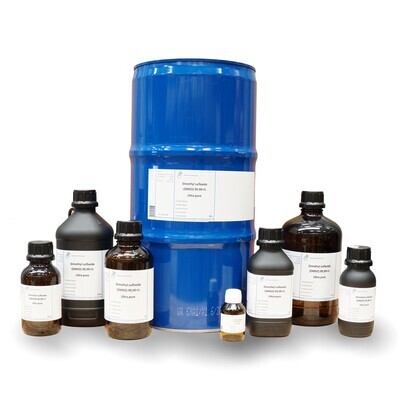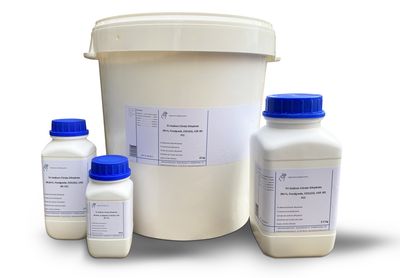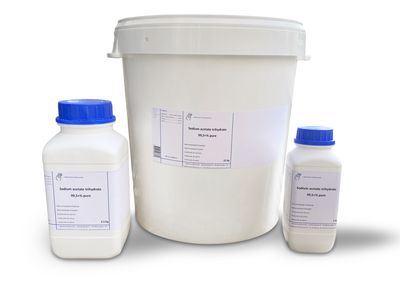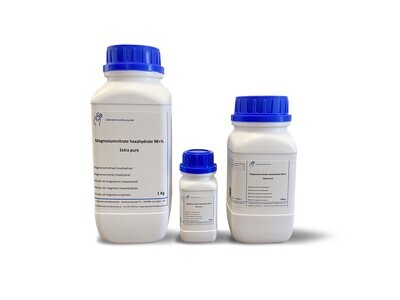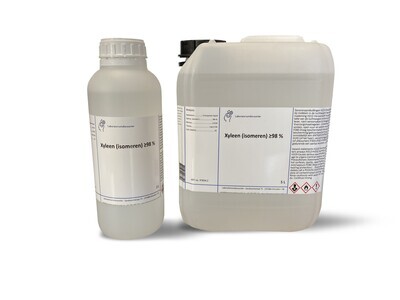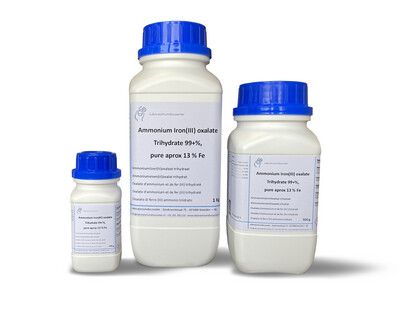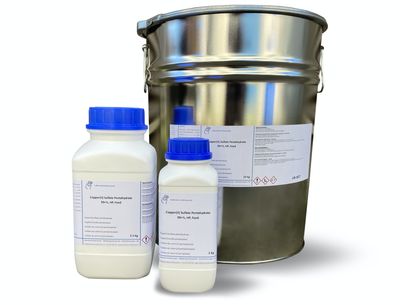Verzending 24–48 u • Levering in de hele EU • Veilige chemieverpakking
Tin(II) bromide 99% 50 g
SKU 007513
€ 308,88
In stock
1
Save this product for later
Tin(II) bromide 99% 50 g
Product Details
CAS number: 10031-24-0
Chemical formulas: SnBr2/ F.W. 278.50/ m.p. 215
Cation: Sn
Packaging: 50 g
EAN: 8721028255754
Brand: Laboratoriumdiscounter
Tin(II) bromide, also known as stannous bromide, is a chemical compound with various applications in industries such as electronics, photography, and organic synthesis. This inorganic compound is commonly used as a reducing agent and catalyst, making it an essential component in many chemical reactions. With its unique properties and versatile uses, Tin(II) bromide plays a significant role in various industrial processes.
When working with Tin(II) bromide, it is important to follow proper safety precautions to minimize the risk of accidents or exposure. Here are some short safety instructions to consider: 1. Personal Protective Equipment (PPE): Always wear appropriate PPE, including gloves, safety goggles, and a lab coat or protective clothing, to protect your skin, eyes, and clothing from potential contact with Tin(II) bromide. 2. Ventilation: Work in a well-ventilated area or under a fume hood to ensure proper air circulation and minimize inhalation of any fumes or vapors that may be released during handling. 3. Handling and Storage: Handle Tin(II) bromide with care, avoiding any spills or splashes. Store it in a tightly sealed container in a cool, dry place away from incompatible substances. 4. Chemical Compatibility: Be aware of the chemical compatibility of Tin(II) bromide with other substances. Avoid contact with strong oxidizing agents, acids, or bases, as it may result in hazardous reactions. 5. Emergency Preparedness: Familiarize yourself with the location and proper use of safety equipment, such as eyewash stations, safety showers, and fire extinguishers, in case of accidental exposure or fire. 6. Waste Disposal: Dispose of Tin(II) bromide and any contaminated materials according to local regulations and guidelines. Do not pour it down the drain or dispose of it in regular trash. 7. Training and Knowledge: Ensure that you have received proper training and have a good understanding of the properties, hazards, and safe handling procedures associated with Tin(II) bromide before working with it. Remember, these instructions are not exhaustive, and it is essential to consult the specific safety data sheet (SDS) and follow the guidelines provided by the manufacturer for comprehensive safety information.
Please note, not all safety data for this product is available on our website, for a complete list of P en H sentences and other safety instructions please request the MSDS at our customer service
You May Also Like
End user declaration required
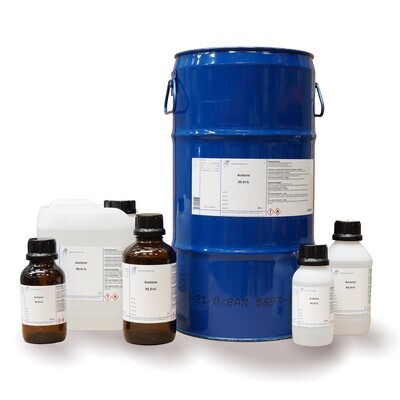
Acetone 99.9 +% Pure 1 Liter in bruin glas
Acetone 99.9 +% Pure 1 Liter in bruin glas
Only for registered companies
SKU AC045.5
€ 13,90
End user declaration required
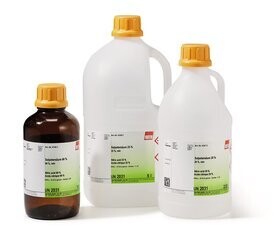
Nitric acid 20%, pure, 1 l, plastic packaging.
Nitric acid 20%, pure, 1 l, plastic packaging.
Only for registered companies
SKU 4337.1
€ 22,90
End user declaration required
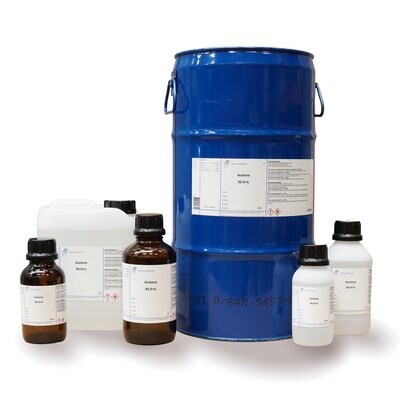
Acetone 99.9 +% Pure 5 Liter
Acetone 99.9 +% Pure 5 Liter
Only for registered companies
SKU AC045.2
€ 34,79
End user declaration required
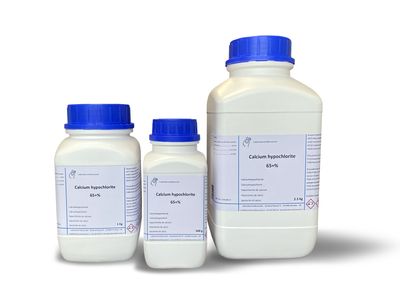
Calcium hypochlorite 65% 500 gram
Calcium hypochlorite 65% 500 gram
Only for registered companies
SKU CHC34.1
€ 15,90
End user declaration required
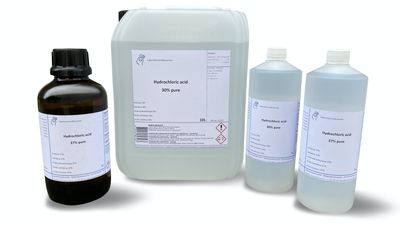
Hydrochloric acid 10 Liter 37% puur
Hydrochloric acid 10 Liter 37% puur
Only for registered companies
SKU Z0340.3
€ 110,21
Display prices in:EUR

